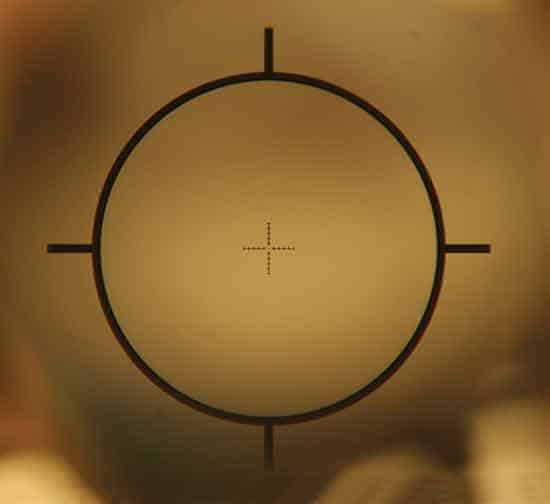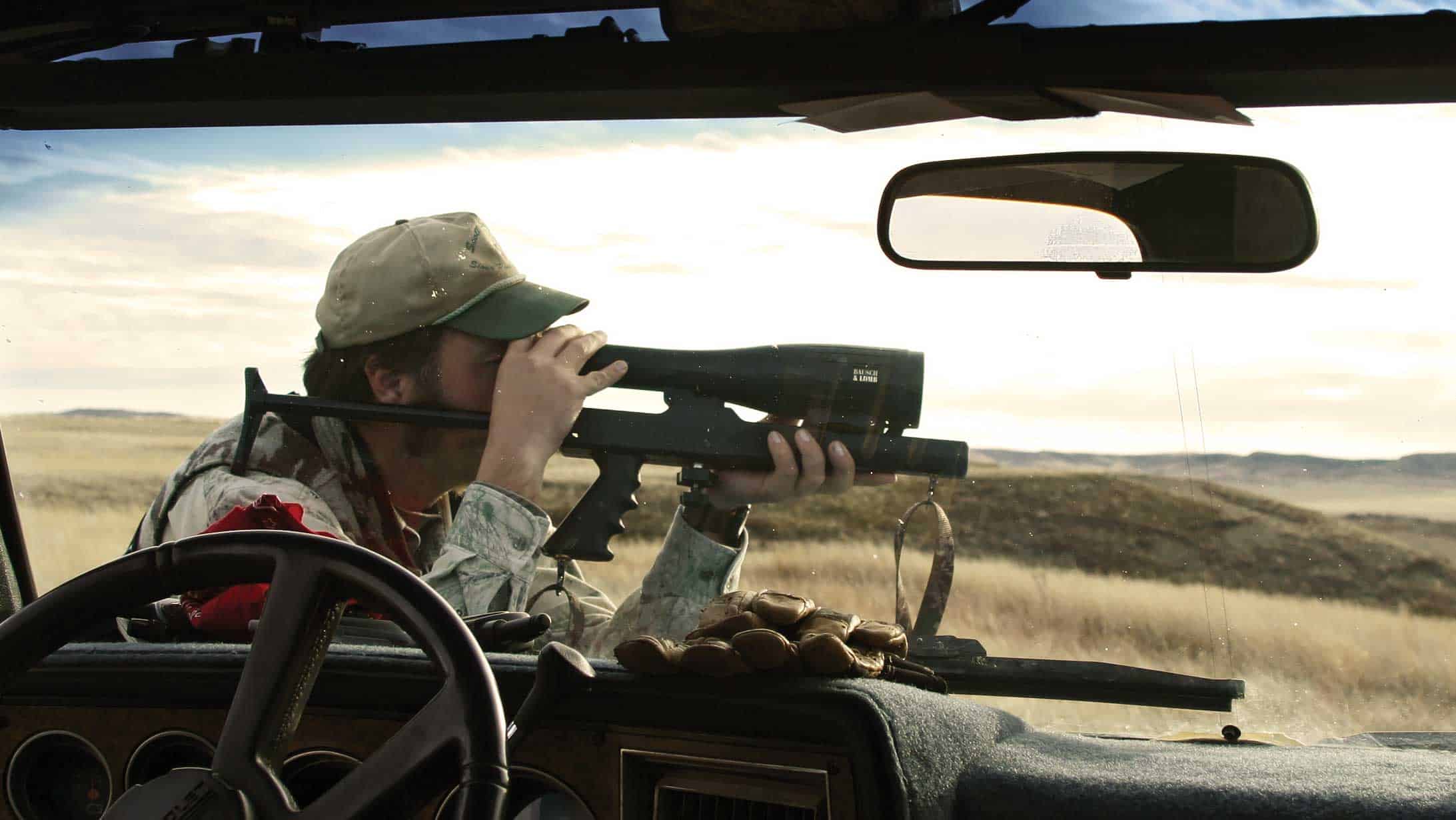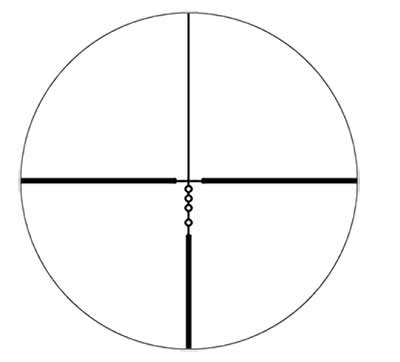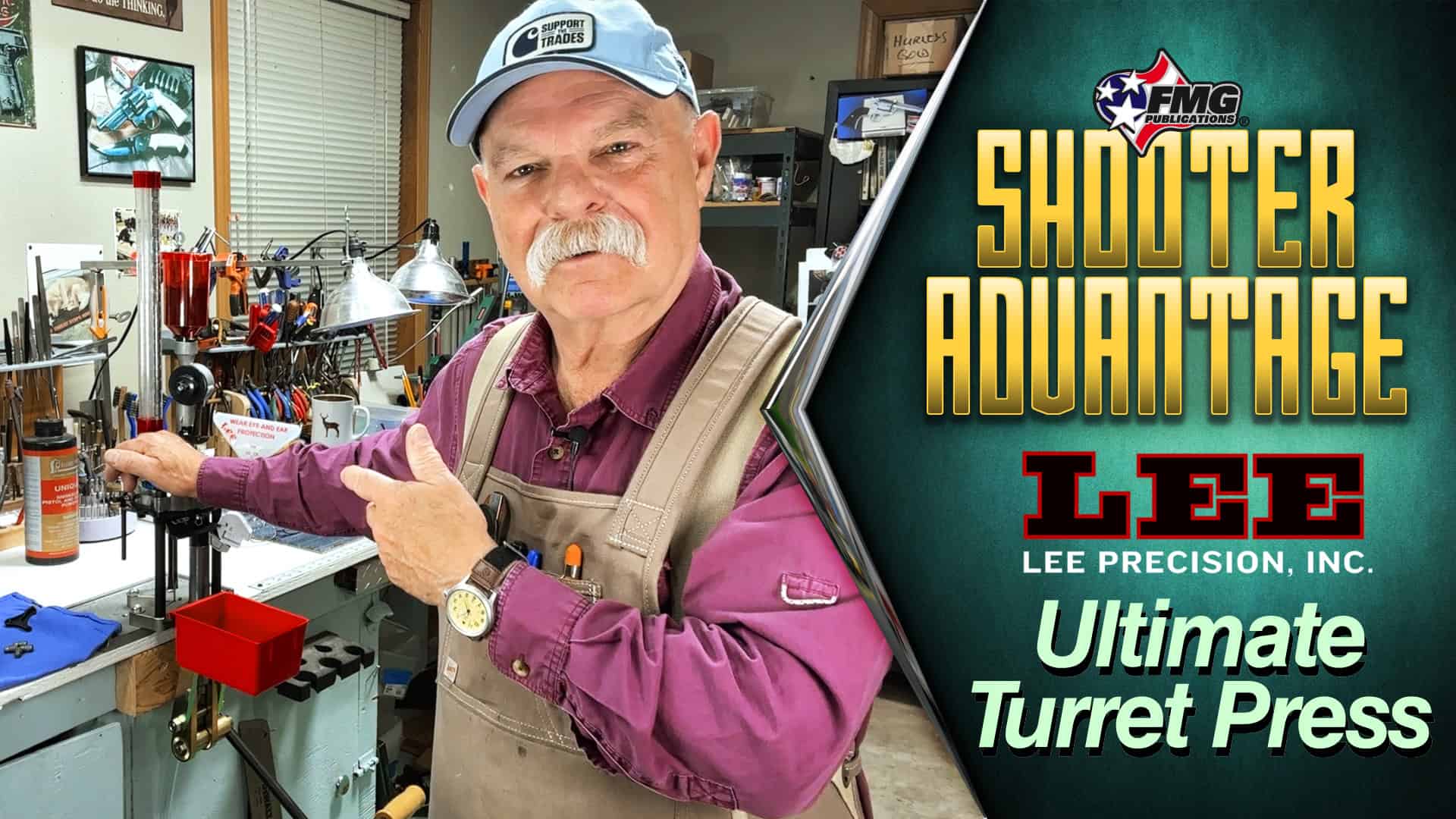Illumination: Help or Hindrance?
Let’s Talk About “Light-Up” Reticles
Sometimes it helps to have a scope reticle light up (or at least glow) in relatively dim light. Sometimes, even when shooting targets with very fine-lined multi-point reticles it helps for a bit of a glow. Those illuminated reticles come in two basic types, electronic — and what might be termed “self-glowing.”
The “light” is usually accomplished with a tiny lightbulb inside the scope, oddly enough, and became far more practical with the increase in battery performance over the past couple of decades. Small batteries can now last for years, even when subjected to cold temperatures — part of the reason self-glowing reticles aren’t more common.
Both types of illuminated reticles also come in two basic types, a single point of illumination at the intersection of crosshairs or the tip of a post, and entire reticles that light up or glow. With either, there’s necessarily a slight loss of optical brightness, which might surprise you. It’s for two reasons.
Stray Light
First there’s the “stray” light from the reticle itself, meaning light not transmitted to our eye is instead bouncing around inside the scope, causing interference with the image. Stray rays also occur with light entering the scope due to reflecting off interior surfaces or refracting around the edges of lenses. But with illuminated reticles we’re actually introducing another light source within the scope.
This isn’t as bad as it might seem, since in reality a super-bright scope image isn’t as important to aiming as a really visible reticle. Too many shooters, especially hunters, put a premium on a bright image, but if the reticle can’t be clearly seen a bright scope is useless. This is exactly why various heavy reticles were developed before illumination became practical, especially in Europe, where night-hunting is often legal.
One illustration of this principle occurred when I hunted whitetailed deer here in Montana in the fall of 2002. I’d already taken a buck, but also had an antlerless tag, and since I also like to use “antique” firearms now and then, my rifle was an old Savage lever-action chambered in .300 Savage. The scope was an equally old Noske 2-1/2X with a 7/8″ tube and heavy post reticle.
Seeing The Reticle
The view through the scope was a little brighter than through my naked eyeballs, though not much, and the sun had disappeared below the horizon. Then a big doe appeared 200 yards away, toward the last slate light in the sky. Only the doe’s silhouette could be seen through the Noske, but the big post stood out plainly against the silhouette, and the deer dropped right there. Admittedly, the shot would have been easier with a higher-X, multi-coated scope. But this instance illustrates why seeing the reticle clearly is more important than the slight loss of image quality in an illuminated-reticle scope.
Battery-powered reticles can usually be adjusted for intensity, and so can one type of self-glowing reticle, the tritium/fiber optic combination used in Trijicon scopes. Adjusting the brightness of the reticle provides a way of balancing stray light with the target’s image, much like changing the magnification on a variable scope can provide the best image compromise in dim light.
Light When Needed
This is particularly true with illuminated “ballistic” reticles with very fine, etched lines, since the reticle covers more of the field of view than one illuminated aiming point in the middle. Sometimes, thin, illuminated ballistic reticles are useful even in “normal” light, because the reticle is plainly visible even against a confusing background.
In my experience adjustable illumination works far better than fixed, due to different light conditions and targets of varying darkness. It doesn’t take much for an illuminated reticle to show up against a black Texas hog at night, but a tan deer in pine shadows might require more glow.
Bushnell’s FireFly reticle is a very simple self-glowing model, using a luminescent coating. This puts a nice green illumination on the plex-type reticle, except for the very fine crosshairs in the middle. The FireFly’s not adjustable, and needs to be “recharged” by shining a flashlight into the objective lens for about 15 seconds, but provides a helpful boost to reticle visibility.
While I might not choose a FireFly for actual night-shooting, it works very well during typical dawn and dusk conditions. My wife Eileen found a 3-9×40 with FireFly very helpful when shooting a Montana black bear during the last minutes of legal light one spring. It’s available in several models of relatively inexpensive Bushnell scopes, and is a good example of how there’s an illuminated reticle for every need and budget these days.
Bushnell
(800) 423-3537
https://gunsmagazine.com/company/bushnell-outdoor-products/
EOTech
(734) 741-8868
https://gunsmagazine.com/company/eotech/
Trijicon
(800) 338-0563
https://gunsmagazine.com/company/trijicon-inc/







